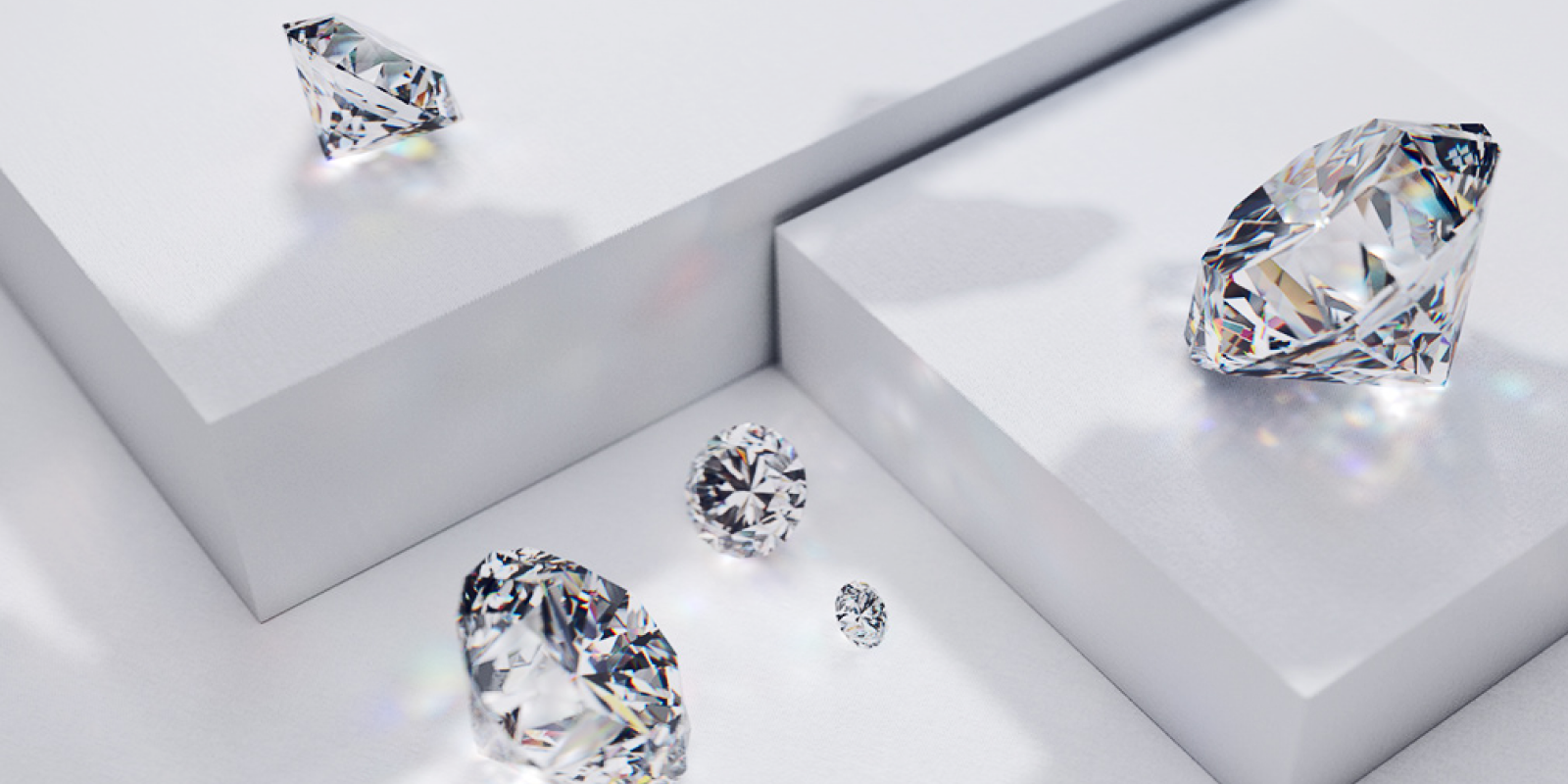Introduction to Laboratory Diamonds
Welcome to the fascinating world of laboratory diamonds! You might be wondering, what exactly are laboratory diamonds, and why are they becoming such a big deal? In this article, we’re diving into how these sparkling gems are created, their benefits, and why they’re becoming a popular choice for both jewelry and industrial applications.
What Are Laboratory Diamonds?
Laboratory diamonds are real diamonds made in a controlled environment. They are not imitations or simulants, but genuine diamonds that share the same physical and chemical properties as natural diamonds. Imagine the power of nature’s own processes Cómo cultivan dioamntes de laboratorio, but with a little help from human ingenuity!
Why Laboratory Diamonds Are Popular
You might be seeing more laboratory diamonds popping up in stores and online, and there’s a good reason for that. They offer an ethical and often more affordable alternative to mined diamonds. Plus, they are created with the same brilliance and quality, so you won’t be missing out on that dazzling sparkle.
The Science Behind Laboratory Diamonds
Understanding how laboratory diamonds are grown involves a bit of science. Let’s break it down so you can impress your friends with your newfound knowledge!
The Basics of Diamond Formation
Diamonds are formed under extreme conditions: high pressure and high temperature deep within the Earth’s mantle. This natural process can take billions of years! Laboratory diamonds replicate these conditions to create diamonds in a fraction of the time.
How Laboratory Diamonds Mimic Natural Diamonds
So, how do we recreate those natural diamond-making conditions? Laboratory methods are designed to replicate the high pressure and high temperature found in the Earth’s mantle. This means the diamonds produced in labs are chemically and physically identical to those found in nature.
Methods of Growing Laboratory Diamonds
Let’s dive into the two main methods used to create laboratory-grown diamonds. Each method has its own unique process and benefits, so let’s explore them!
The HPHT Process Explained
In this method, a small diamond seed is placed in a chamber where it is subjected to intense heat and pressure—similar to the conditions that naturally form diamonds. The diamond seed acts as a template for new diamond growth. Think of it like baking a cake where the ingredients need just the right environment to turn into a delicious treat!
The CVD Process Explained
In the CVD method, a diamond seed is placed in a vacuum chamber filled with carbon-rich gases. These gases are ionized, causing the carbon to deposit onto the seed and form a diamond layer. It’s a bit like painting a canvas where each layer adds to the final picture.
Jewelry
One of the most popular uses for laboratory-grown diamonds is in fine jewelry. They are used in everything from engagement rings to earrings, offering a beautiful and ethical alternative to natural diamonds.
Industrial Uses
Apart from bling, laboratory diamonds are also used in industrial applications. Their hardness makes them perfect for cutting, grinding, and drilling tasks. It’s like having a tool that’s tougher than tough!
Innovations and Trends
The diamond industry is evolving, with new technologies and methods making laboratory diamonds more accessible and diverse. We’re seeing new shapes, colors, and sizes that were once only available in natural diamonds.
Environmental and Ethical Impacts
Laboratory diamonds are often praised for their lower environmental impact compared to traditional diamond mining. As the technology advances, we can expect even more eco-friendly practices in the diamond industry.
Lab created diamonds are a remarkable innovation in the world of gemstones, offering the same breathtaking beauty and durability as their natural counterparts but with a more ethical and sustainable twist.
Conclusion
So there you have it! We’ve explored the science behind laboratory diamonds, the methods used to grow them, their various applications, and what the future might hold. Laboratory diamonds are a testament to human innovation and offer a fantastic alternative to natural diamonds. Whether you’re considering them for an engagement ring or as part of an industrial process, you can feel confident knowing that these gems are both beautiful and ethical.


